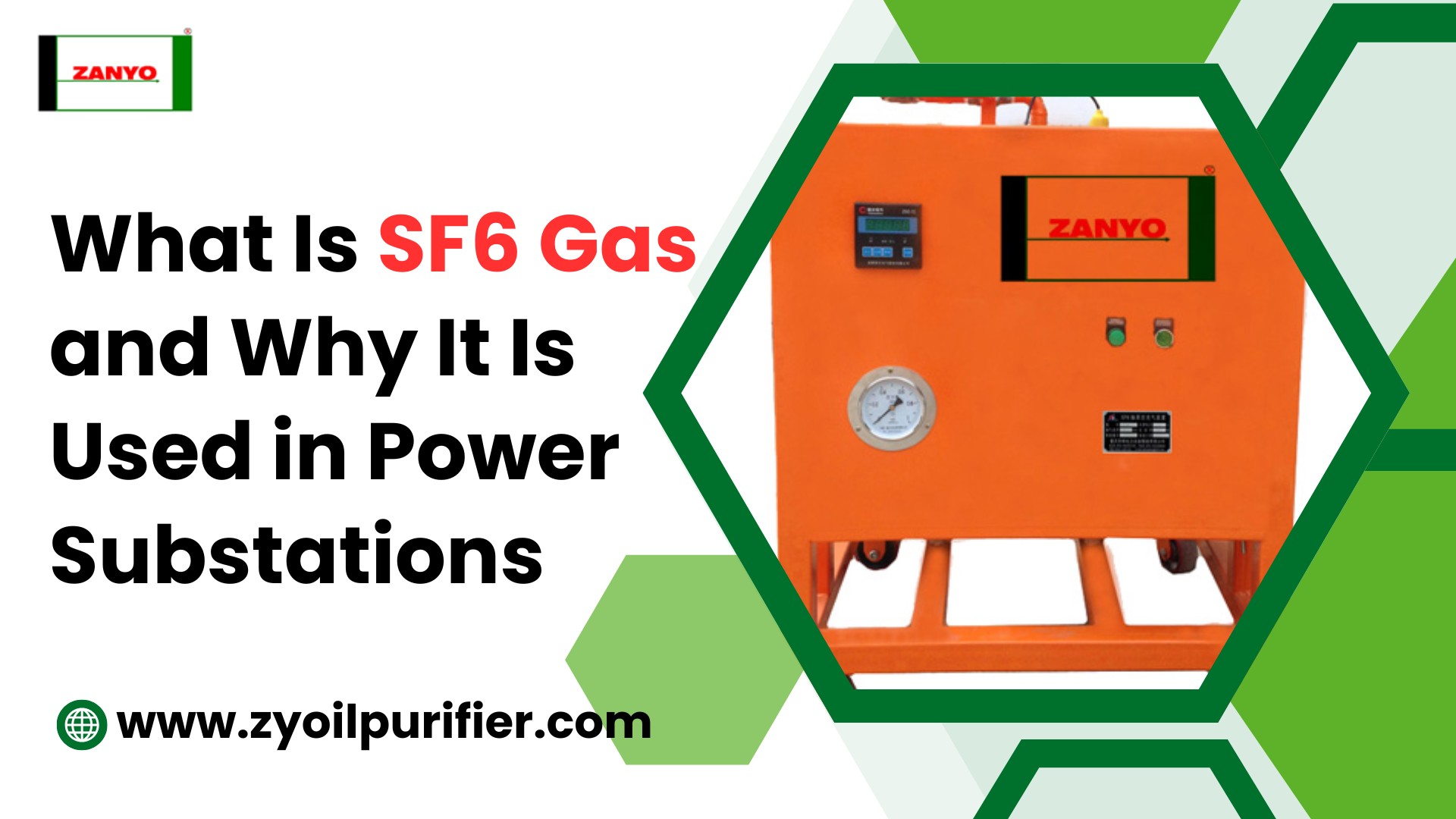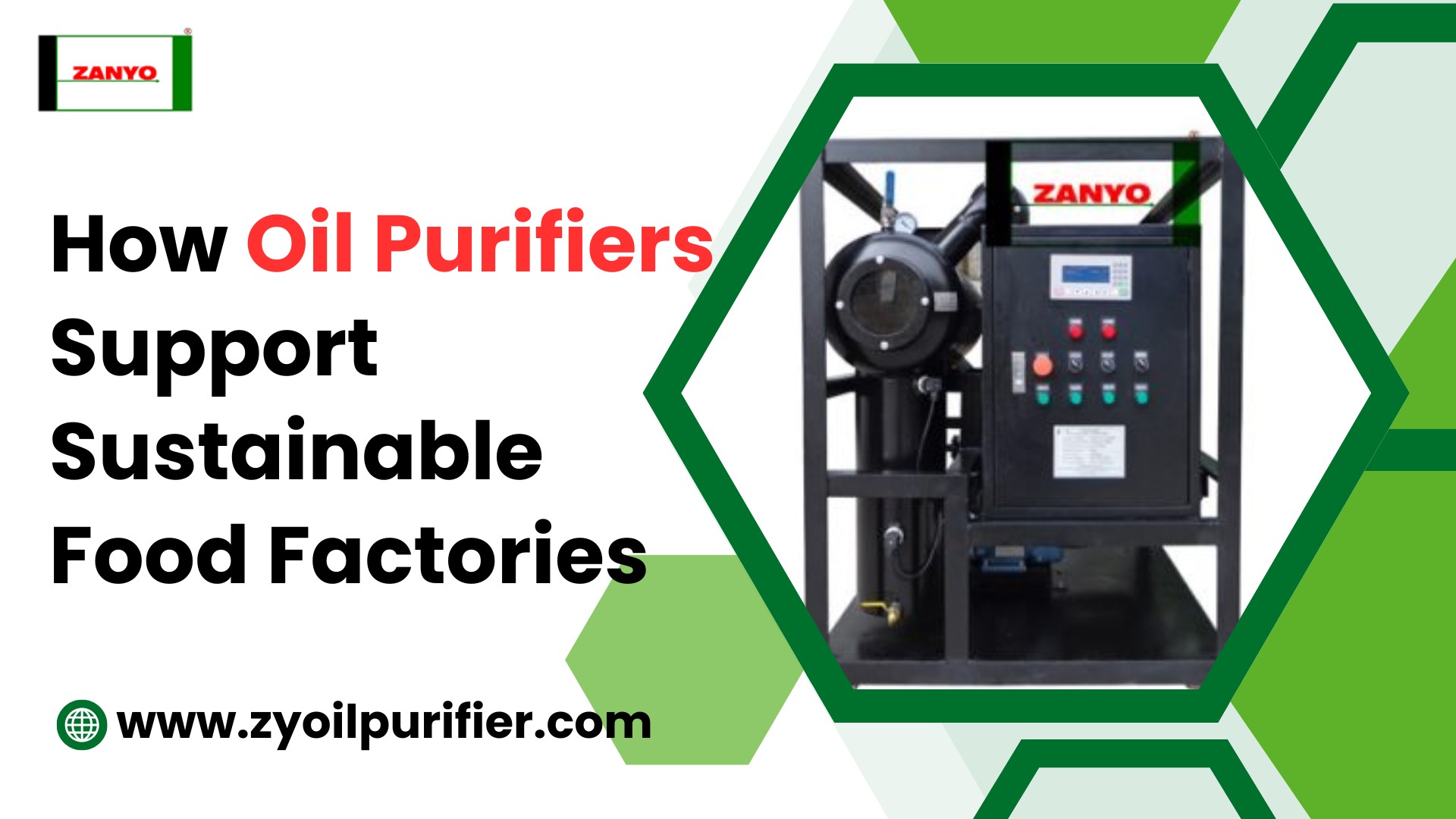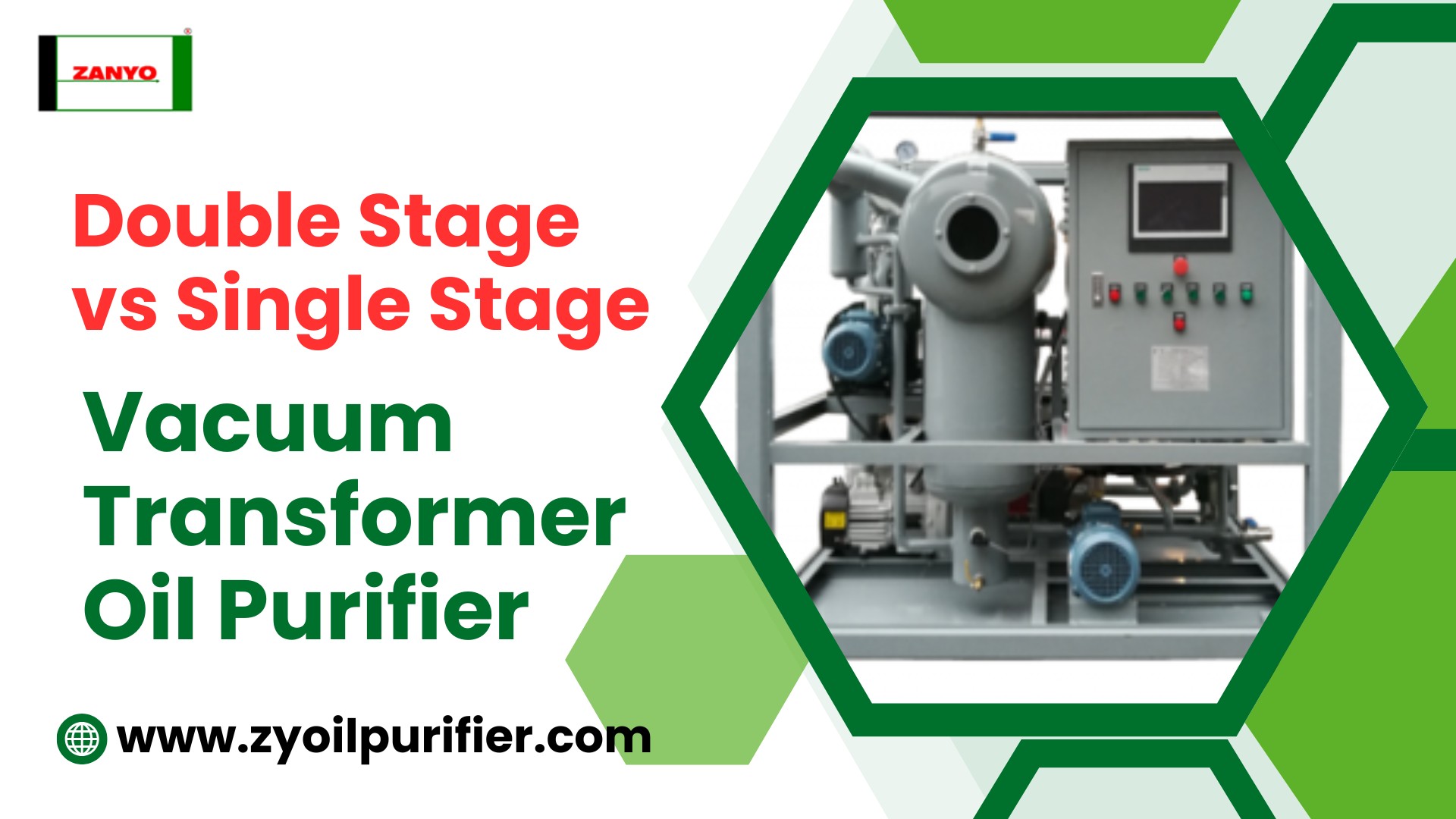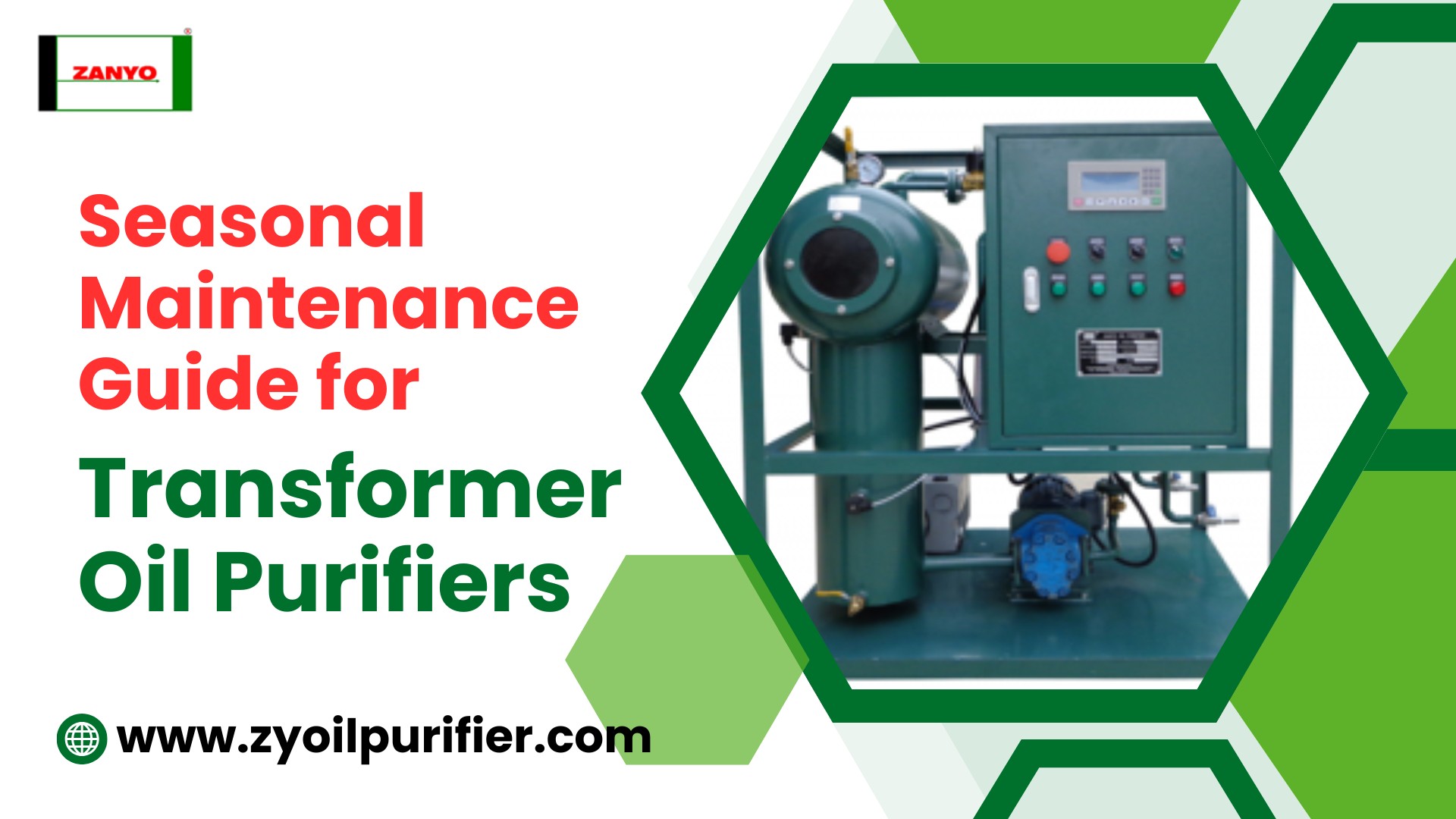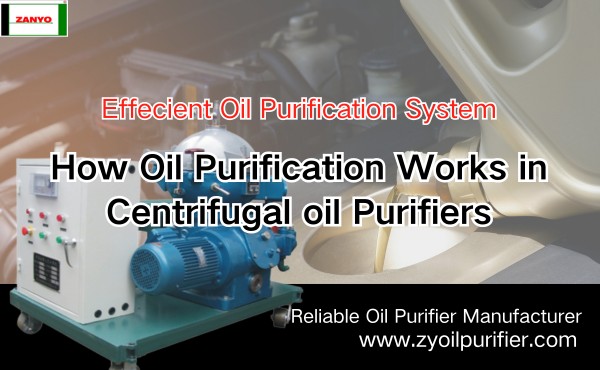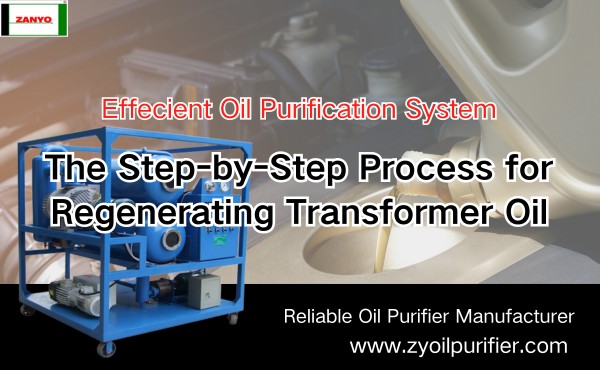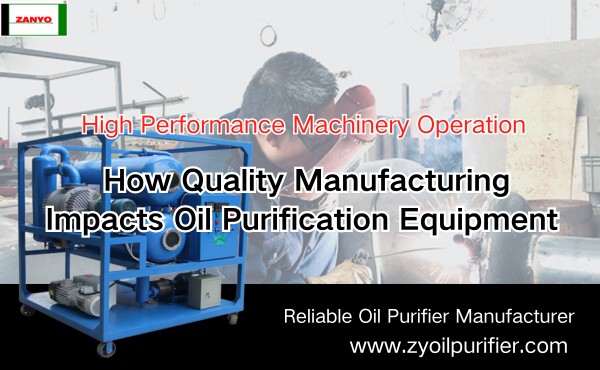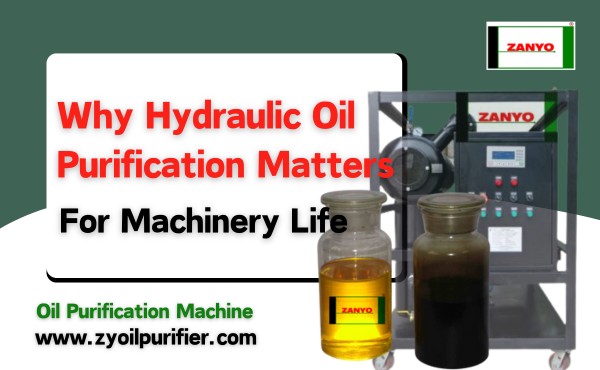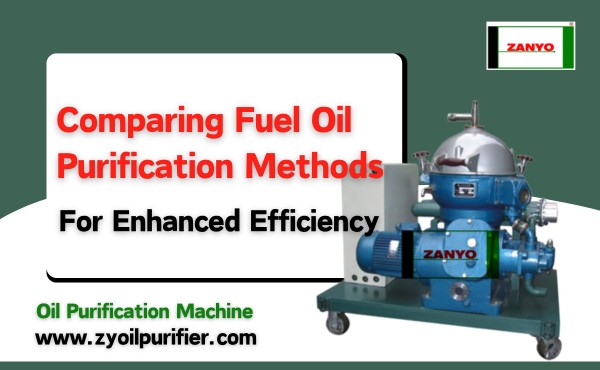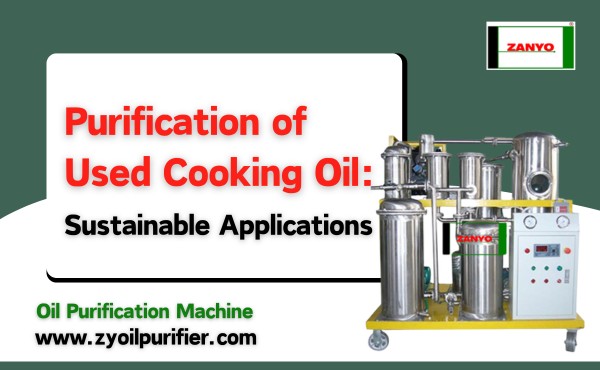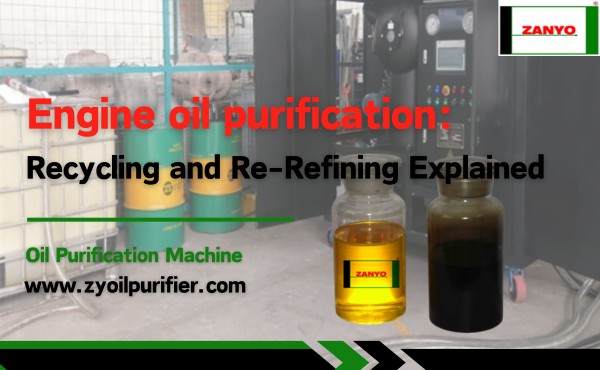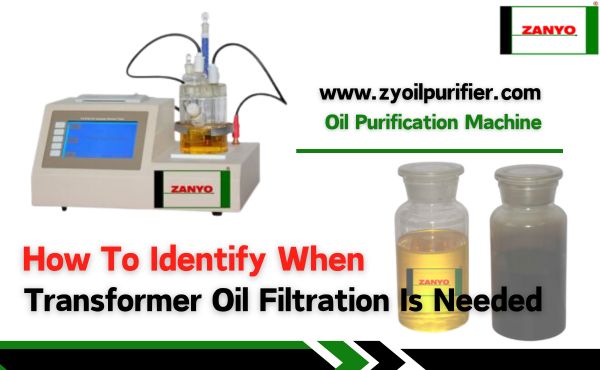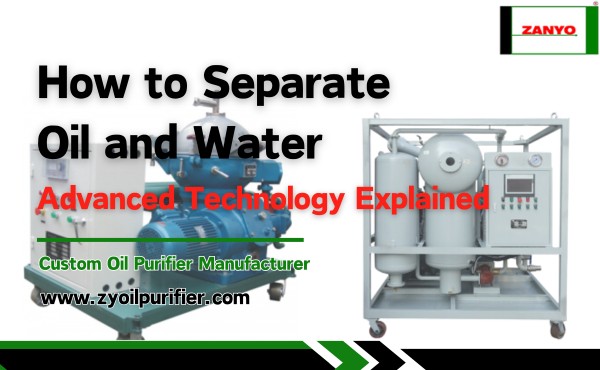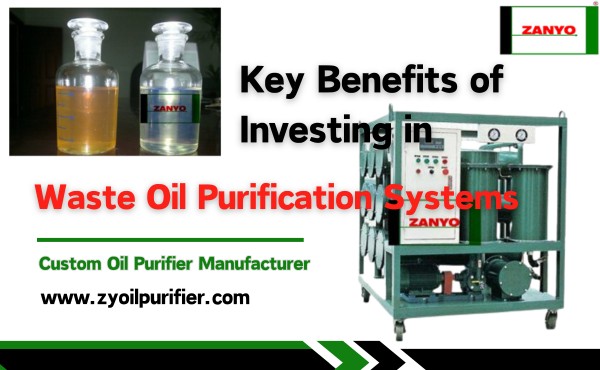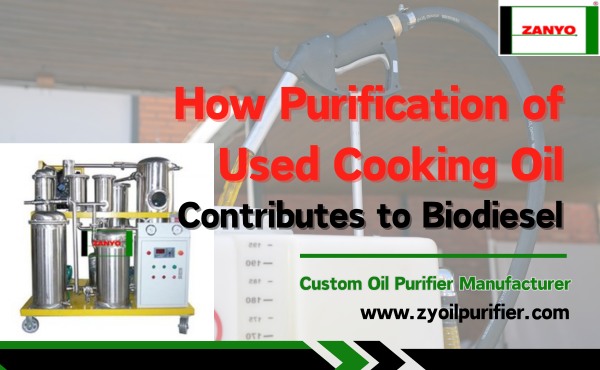Transformer oil filtering plays a crucial role in keeping your transformer efficient and safe. This process removes impurities like moisture, gases, and particles from the oil. Clean oil ensures proper insulation and cooling, which prevents failures. Regular filtering not only extends the transformer’s lifespan but also reduces the risk of costly breakdowns.
Safety Precautions for Transformer Oil Filtering
Grounding and electrical safety protocols
You must prioritize grounding and electrical safety before starting the transformer oil filtration process. Proper grounding prevents electrical shocks and ensures a safe working environment. Inspect the transformer and its connections to confirm they are securely grounded.
Use an appropriate grounding rod and verify its effectiveness with a grounding tester. Avoid working near live electrical components during the oil filtering process. Always de-energize the transformer and lock out the power source to eliminate risks.
Fire safety and emergency preparedness
Transformer oil is flammable, so fire safety is critical during insulating oil filtration. Keep fire extinguishers, such as CO2 or dry chemical types, within reach. Inspect the extinguishers to ensure they are functional. Maintain a safe distance between the oil filter equipment and any heat sources.
Avoid smoking or using open flames near the transformer. Prepare an emergency response plan and train your team to handle fire incidents effectively. Quick action can prevent damage and ensure safety.
Personnel training and use of protective equipment
Proper training equips your team to handle the oil filtration process safely. Train personnel on operating the filtration equipment and recognizing potential hazards. Provide protective gear, including gloves, safety goggles, and flame-resistant clothing.
Ensure everyone wears insulated footwear to prevent electrical shocks. Conduct regular safety drills to reinforce best practices. A well-trained team minimizes risks and ensures the transformer oil filtering process runs smoothly.
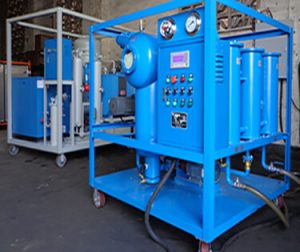
Equipment Preparation for Transformer Oil Filtration
Inspecting oil pipelines and connections for leaks
Before starting the oil filtration process, you need to inspect the oil pipelines and connections thoroughly. Look for visible signs of leaks, such as oil stains or drips around the joints and fittings. Use a flashlight to check hard-to-see areas. Tighten any loose connections and replace damaged seals or gaskets immediately.
A leak-free system ensures the insulating oil remains uncontaminated during the filtration process. This inspection step prevents oil loss and maintains the efficiency of the transformer oil filtering operation.
Checking vacuum pumps and filtration unit functionality
You must verify that the vacuum pumps and filtration unit are functioning correctly. Start by testing the vacuum pump to ensure it can achieve the required pressure levels. Listen for unusual noises, which could indicate mechanical issues. Inspect the filtration unit for blockages or wear in the filters.
Replace worn-out filters to maintain optimal performance. A well-maintained filtration unit ensures the insulating oil filtration process removes impurities effectively. Regular checks of these components reduce the risk of equipment failure during transformer oil filtration.
Ensuring heaters and temperature controls are operational
Heaters and temperature controls play a critical role in the oil filtering process. Check the heaters to confirm they can reach and maintain the desired temperature. Use a thermometer to verify the accuracy of the temperature controls.
Proper heating reduces the viscosity of the insulating oil, allowing it to flow smoothly through the filtration system. This step also helps remove moisture and gases more efficiently. Ensuring these components work correctly enhances the overall effectiveness of the insulating oil filtration process.
Monitoring Oil Quality During Transformer Oil Purification
Measuring oil temperature and pressure levels
Monitoring the temperature and pressure of the insulating oil is essential during the oil filtration process. Use a reliable thermometer to measure the oil temperature. Ensure it stays within the recommended range to avoid overheating or underperformance.
Check the pressure gauges on the filtration system regularly. Abnormal pressure levels may indicate blockages or equipment malfunctions. Maintaining proper temperature and pressure ensures the transformer operates efficiently and prevents oil deterioration.
Conducting visual inspections for clarity, color, and signs of overheating
Perform a visual inspection of the insulating oil during the purification process. Look for changes in clarity and color. Clear oil with a consistent color indicates good quality. Dark or cloudy oil may signal contamination or overheating.
Check for any burnt smell, as it could point to thermal stress. Regular visual checks help you identify potential issues early and maintain the oil’s insulating properties.
Testing for moisture, gas, and particulate contamination
Contaminants like moisture, gases, and particles can degrade the insulating oil. Use specialized testing equipment to measure moisture levels. Excess moisture reduces the oil’s insulating capacity and can lead to transformer failure.
Gas analysis helps detect dissolved gases that may result from overheating or electrical faults. Particle testing identifies solid impurities that could damage the transformer. Removing these contaminants during transformer oil purification ensures optimal performance.
Checking key parameters like acid value, breakdown voltage, and flash point
Key parameters determine the insulating oil’s quality and safety. Test the acid value to assess the oil’s chemical stability. High acid levels indicate aging or contamination. Measure the breakdown voltage to ensure the oil can withstand electrical stress.
A low breakdown voltage suggests poor insulation. Check the flash point to confirm the oil’s resistance to ignition. Regularly monitoring these parameters during the oil filtering process ensures the transformer remains safe and reliable.
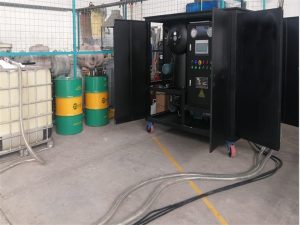
Operational Procedures for Transformer Oil Filtration
Setting up and calibrating the filtration system
Start by setting up the filtration system in a clean and safe area. Position the equipment close to the transformer to minimize oil transfer distance. Connect the hoses securely to prevent leaks. Calibrate the filtration system by adjusting the flow rate and pressure settings according to the manufacturer’s guidelines.
Use a pressure gauge to confirm the system operates within the recommended range. Proper calibration ensures the insulating oil flows smoothly and impurities are removed effectively. This step is critical to maintaining the efficiency of the insulating oil filtration process.
Ensuring proper sealing of the transformer and oil system
Inspect the transformer and oil system for any gaps or loose connections. Seal all openings to prevent air or moisture from entering during the filtration process. Use high-quality gaskets or sealing materials to secure the connections.
Check the seals again after starting the filtration system to ensure they remain intact. Proper sealing protects the insulating oil from contamination and maintains its insulating properties. This step also prevents oil loss, ensuring the transformer operates efficiently.
Maintaining detailed records of the filtering process
Document every step of the oil filtering process. Record the initial condition of the insulating oil, including its temperature, pressure, and contamination levels. Note the filtration system’s settings and any adjustments made during the process.
Keep track of the duration of the filtration and the final oil quality parameters. Detailed records help you monitor the transformer’s maintenance history and identify trends in oil performance. This practice ensures you can plan future inspections and maintenance effectively.
Patrolling and monitoring equipment and oil system status
Regularly patrol the filtration setup during the process. Check the filtration unit, hoses, and connections for any signs of leaks or malfunctions. Monitor the oil system’s temperature and pressure levels to ensure they remain stable.
Listen for unusual noises from the equipment, as these could indicate mechanical issues. Promptly address any irregularities to avoid disruptions. Continuous monitoring ensures the insulating oil filtration process runs smoothly and the transformer remains in optimal condition.
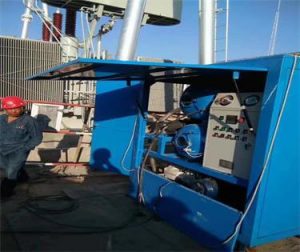
Maintenance and Post-Filtering Checks
Sealing all outlets to prevent contamination
After completing the filtration process, you should seal all outlets of the transformer and oil system. Use high-quality sealing materials to close valves, pipes, and other openings. This step prevents air, moisture, or debris from entering the system.
Contamination can degrade the insulating oil and reduce its effectiveness. Inspect the seals for tightness and durability. A properly sealed system ensures the insulating oil remains clean and maintains its insulating properties.
Replacing or cleaning filters after use
Once the oil filter process is complete, you need to clean or replace the filters in the filtration unit. Dirty filters can harbor contaminants that may affect future operations. Remove the used filters carefully to avoid spilling trapped impurities.
If the filters are reusable, clean them thoroughly following the manufacturer’s guidelines. For disposable filters, replace them with new ones of the correct specifications. Regular maintenance of the filtration unit ensures it operates efficiently during the next insulating oil purification.
Conducting a final inspection of the transformer and oil
Perform a detailed inspection of the transformer and the insulating oil after filtration. Check the oil for clarity, color, and any signs of contamination. Use testing equipment to measure key parameters like moisture content, breakdown voltage, and acid value.
Inspect the transformer for leaks or loose connections. A thorough final check ensures the transformer is ready for operation and the insulating oil meets quality standards.
Troubleshooting filtration unit malfunctions using a guide
If the filtration unit malfunctions during or after the process, refer to the troubleshooting guide provided by the manufacturer. Common issues include abnormal pressure levels, heater failures, or vacuum pump inefficiencies.
Follow the guide step-by-step to identify and resolve the problem. Regular maintenance and prompt troubleshooting keep the filtration unit in optimal condition, ensuring the insulating oil remains uncontaminated and the transformer operates reliably.
Conclusion
Transformer oil filtering ensures your transformer operates safely and efficiently. By following safety measures, preparing equipment, and monitoring insulating oil quality, you maintain optimal performance. Regular maintenance prevents failures and extends the lifespan of your transformer. This process keeps insulating oil clean, ensuring proper insulation and cooling for reliable operation.

